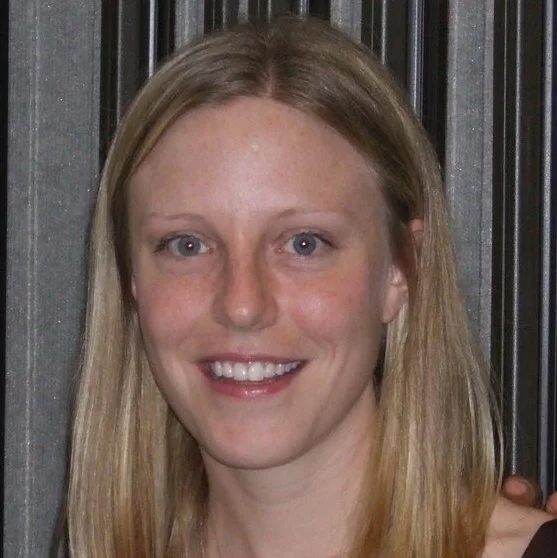Hope in the Heartland: The Carver Bridge to STEM Success Program
By: Erin R. Moss, Associate Professor of Mathematics, Millersville University, Co-editor of DUE Point
National Science Foundation S-STEM grants provide scholarships for academically talented, low-income students in science, technology, engineering, and mathematics majors. At Simpson College in Indianola, Iowa, Hope in the Heartland: The Carver Bridge to STEM Success Program is preparing a cohort of 15 Pell-eligible students in biology, environmental science, computer science, actuarial science, mathematics, and physics to enter the growing STEM workforce. These fields emphasize the computational modeling skills required by financial, industrial, and technology employers in the Des Moines area. The students have been provided with early and intensive training in computational modeling and opportunities to work on industry-generated problems in collaboration with mentors from local STEM employers. Project lead Dr. Heidi Berger shares more about the project.
What types of enrichment activities do students participate in as part of the Carver Bridge Program?
The biggest enrichment activity for the students is mentorship by Des Moines-area STEM employers. Starting in the spring of their first year, the students have been mentored by industry partners for each semester of college. The mentors typically work with a group of 2-3 students to address problems that are relevant to their companies. Students have worked on projects including app development, establishing risk scores to analyze crime data, and cybersecurity.
Students have also been supported to attend and present at conferences, going on several industry tours of companies in Des Moines and exploring graduate programs in the Midwest. We also bring in a speaker each semester to talk to the group about careers in STEM.
Finally, students are required to get involved outside the classroom through opportunities like on- and off-campus undergraduate research positions and STEM-related competitions (COMAP’s MCM/ICM, University Physics Competition, etc.).
What unanticipated challenges did you face during the implementation of your project, and how did you modify your work to meet these challenges?
The employer-mentored research projects have required the most modifications. Students initially completed projects spanning three semesters, which we learned were too long, so we limited them to one semester in length. The first projects were hosted by employers pre-determined before the students’ arrival. Because of this, we found some employers and their industries were not well aligned with the students’ interests. Midway through the current program, we switched to recruiting employers based on student interest.
We also observed a need for projects to have more direct faculty support, so we began matching faculty liaisons to every project. Many of these were implemented when we applied for and received a PIC Math (Preparation for Industrial Careers in Mathematical Sciences) mini-grant. This greatly helped in thinking about best practices for industry-academic collaborations.
Your 15-student cohort is currently in their senior year at Simpson College. What kinds of plans have students made for after graduation?
Three students graduated in December, with the remainder of the cohort preparing to graduate this May. Two students already have received funding offers from graduate programs, while several other students have accepted summer internships or full-time positions. The students in the Carver Bridge Program were all Pell grant eligible, and many would not have been able to attend a college like Simpson without the support of this scholarship program.
Do you have any tips for a researcher that might be considering taking on a project of this magnitude?
I would recommend picking a strong team of faculty and staff to work with you. We’ve seen a lot of success with this program in measures of retention, GPA, and placement in internships/careers. Many of these students wouldn’t be able to attend a liberal arts college without this type of support. However, none of it would have been possible without the hard work of our team here. I work with faculty across the sciences who have helped advise students and support industry projects. Our staff in admissions, financial aid, and career development have been especially vital in recruiting students, supporting students, and organizing the nuts and bolts of the industry projects. I might be the PI, but I’m definitely not working alone.
Learn more about NSF DUE 1432381
Full Project Name: Hope in the Heartland: The Carver Bridge to STEM Success Program
Abstract: https://www.nsf.gov/awardsearch/showAward?AWD_ID=1458302
Project Contact: Dr. Heidi Berger, PI; heidi.berger@simpson.edu
For more information on any of these programs, follow the links, and follow these blog posts. This blog is a project of the Mathematical Association of America, produced with financial support of NSF DUE Grant #1626337.
*Responses in this blog were edited for length and clarity.
Erin Moss is a co-editor of DUE Point and an Associate Professor of Mathematics Education at Millersville University, where she works with undergraduates from all majors as well as graduate students in the M.Ed. in Mathematics program.



